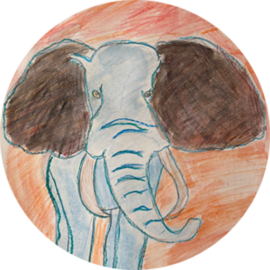On Focus: The Power of Switching Between Attention and Diffusion
There’s a part of the 1997 movie Deconstructing Harry where the character Mel, played by Robin Williams, starts getting more and more fuzzy contours. Quite simply, he’s out of focus.
This is a real problem, as Mel’s an actor and he’s starring a big production. The crew first thinks there’s something wrong with the cameras but eventually has to send Mel home to get some rest, hoping he’ll be sharp again after a good night’s sleep.
It’s a funny scene, and like all good comedy it’s also rich with subtext. Our society places great value on the ability to stay focused. It’s something we’re taught growing up, and later it’s expected of us at work.
But neuro-science clearly tells us that our brains are built to toggle back and forth between sharp and fuzzy. Proper learning and clear thinking happen through the interplay between diffuse daydreaming and focused attention. Neurologically, this means alternating between the brain’s ‘default mode network’ and ‘central executive network.’
Barbara Oakley is a major proponent of this mental oscillation. It forms the backbone of her MOOC Learning How to Learn, one of Coursera’s most successful courses.
Sigmund Freud, an early advocate, suggested that therapists cultivate a mode of consciousness suspended halfway between diffusion and focus, to stay ready for any random clue worth exploring.
Freud’s underlying assumption was that the patient rarely knew the true reasons for being in the room, so listening too carefully to what’s actually/litteraly being said is often counter-productive.
There’s something in that philosophy that appeals to me and I have a feeling it’s applicable far outside of psychoanalysis.
Take entrepreneurship. It’s a sad fact that most initiatives fail, and it’s rarely due to a lack of execution ability. More often, the problem is pursuing the wrong goals.
To mitigate that risk, we have to find ways to unfocus.
